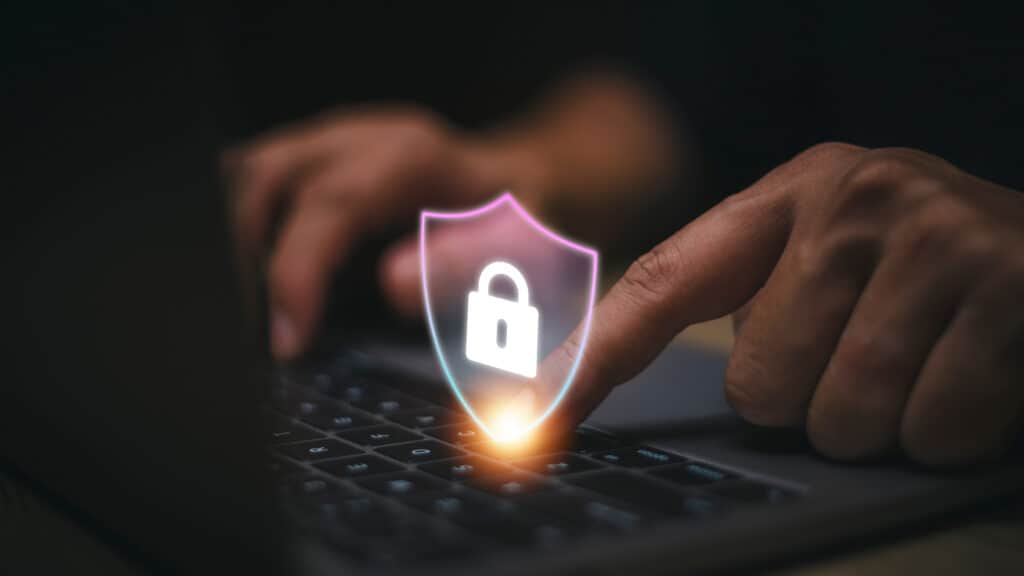No one said running a business is easy. With all the things you have to tackle, you might not realize just how much cybersecurity is needed. Think about it: have you ever had a disgruntled employee who might want to get back at your business for letting them go, or even an employee who has a heart of gold but isn’t all that tech-savvy? These are two examples of what might then turn into insider threats. Forget about threats coming from outside—the threat was in the house the entire time; what a plot twist!
Luckily, there are ways that you can identify and mitigate these kinds of threats. Read on as we look at not only the risks associated with insider threats but also how to make them that much less effective by identifying them early so as to kick them to the curb.
The Dangers Lurking Within
Insider threats are like the hidden wolves in sheep’s clothing. You trust your employees with access to your systems and data, but not everyone may have good intentions.
An insider threat could be a current or former employee, a contractor, or even a business partner who has access to your systems. They can wreak havoc in several ways:
- Data Theft: Employees with access to sensitive information may steal data for personal gain or to sell it to the highest bidder.
- Sabotage: Disgruntled employees might damage systems, delete important files, or compromise security measures to harm the company’s operations.
- Espionage: Insiders may work for a competitor or have financial incentives to spy on your business, stealing trade secrets or intellectual property.
- Negligence: Sometimes, insider threats are not intentional. Employees might inadvertently expose sensitive information due to carelessness or lack of training, leading to data breaches. Think about an employee that receives a phishing email and, not wanting to damage the business, they’re quick to give over the requested information because they think the email is the real deal.
Recognizing these potential threats is the first step in securing your business against them.
See Also: Protect Your Inbox with Advanced Email Protection
Identifying Insider Threats
Now that you know the kinds of dangers that can come from within your organization, it’s time to recognize the signs and behaviors that might indicate an insider threat.
Unusual Behavior
Keep an eye on employees who suddenly start acting out of character. This could include excessive requests for data access, working odd hours, or attempting to access systems and information outside their usual scope.
Access Patterns
Monitor your employees’ access patterns to detect any unusual activity, like frequent logins, mass file downloads, or repeated access to restricted areas.
Poor Work Performance
If an employee’s work performance declines dramatically or if they exhibit signs of disengagement, it might be a sign of an internal issue that needs attention.
Excessive Privileges
Review and limit access to your sensitive data and systems to only those who need it. An employee with more privileges than necessary could misuse them.
Ex-Employees
Keep a close eye on ex-employees, especially if they have left on bad terms. Their access to your systems should be terminated immediately upon their departure.
Mitigating Insider Threats
Recognizing insider threats is essential, but preventing them is equally important. Here are some proactive steps to mitigate the risk:
- Implement Access Control: Limit access to sensitive data and systems to only those who need it for their roles. Regularly review and adjust permissions to ensure they align with current job responsibilities.
- Educate and Train: Make cybersecurity training a part of your company culture. Employees should be aware of the risks and trained in how to protect company assets. Regular refresher courses can be invaluable.
- Implement Data Loss Prevention (DLP) Tools: DLP tools can help you monitor and control data transfers and prevent unauthorized access or data leakage.
- Develop an Insider Threat Policy: Create a clear insider threat policy outlining the consequences of malicious actions or negligence. Ensure that employees are aware of the policy and the importance of adhering to it.
- Regularly Monitor and Audit: Continuously monitor user activities and conduct regular audits to ensure compliance and security.
- Employee Well-Being: Pay attention to your employees’ well-being. Unhappy or stressed employees are more likely to pose insider threats. Promote a positive and supportive work environment.
- Incident Response Plan: Develop a clear incident response plan that includes a specific procedure for handling insider threats. Make sure your employees know how to report suspicious activity and follow the protocol.
Technology Solutions for Insider Threats
Technology can play a crucial role in defending against insider threats. Here are a few cybersecurity tools and solutions that can help protect your SMB:
User and Entity Behavior Analytics (UEBA)
UEBA tools analyze user and entity behavior to detect unusual activities that might indicate an insider threat.
Endpoint Detection and Response (EDR)
EDR tools can help you monitor and respond to endpoint activity, which is often the first point of entry for insider threats.
Security Information and Event Management (SIEM)
SIEM systems can help you centralize and analyze security data from various sources to identify anomalies and insider threats.
Data Loss Prevention (DLP) Software
DLP solutions are designed to prevent the unauthorized transfer of sensitive data and can be a valuable addition to your cybersecurity arsenal.
Employee Monitoring Tools
While you should be respectful of employee privacy, monitoring tools can help you keep an eye on certain activities to detect insider threats.
The Human Element
Building a culture of trust, accountability, and awareness is just as important as implementing technological solutions. Here’s how you can foster such a culture:
- Open Communication: Encourage employees to report any suspicious behavior they observe without fear of reprisal. Create an environment where everyone plays a role in protecting the company.
- Lead by Example: As a business owner or leader, set a good example when it comes to cybersecurity practices. Your commitment to security will inspire others to follow suit.
- Recognition and Reward: Recognize and reward employees who actively contribute to your company’s cybersecurity efforts. This can motivate others to do the same.
- Regular Training: Keep employees informed about the latest cybersecurity threats and best practices. Provide them with the tools and knowledge they need to protect the company.
- Zero Tolerance Policy: Make it clear that insider threats will not be tolerated. This ensures that all employees understand the seriousness of such actions.
At CMIT Solutions Ogden Layton, we can help you deal with insider threats to keep your business and its data safe. Contact us today to get started!





